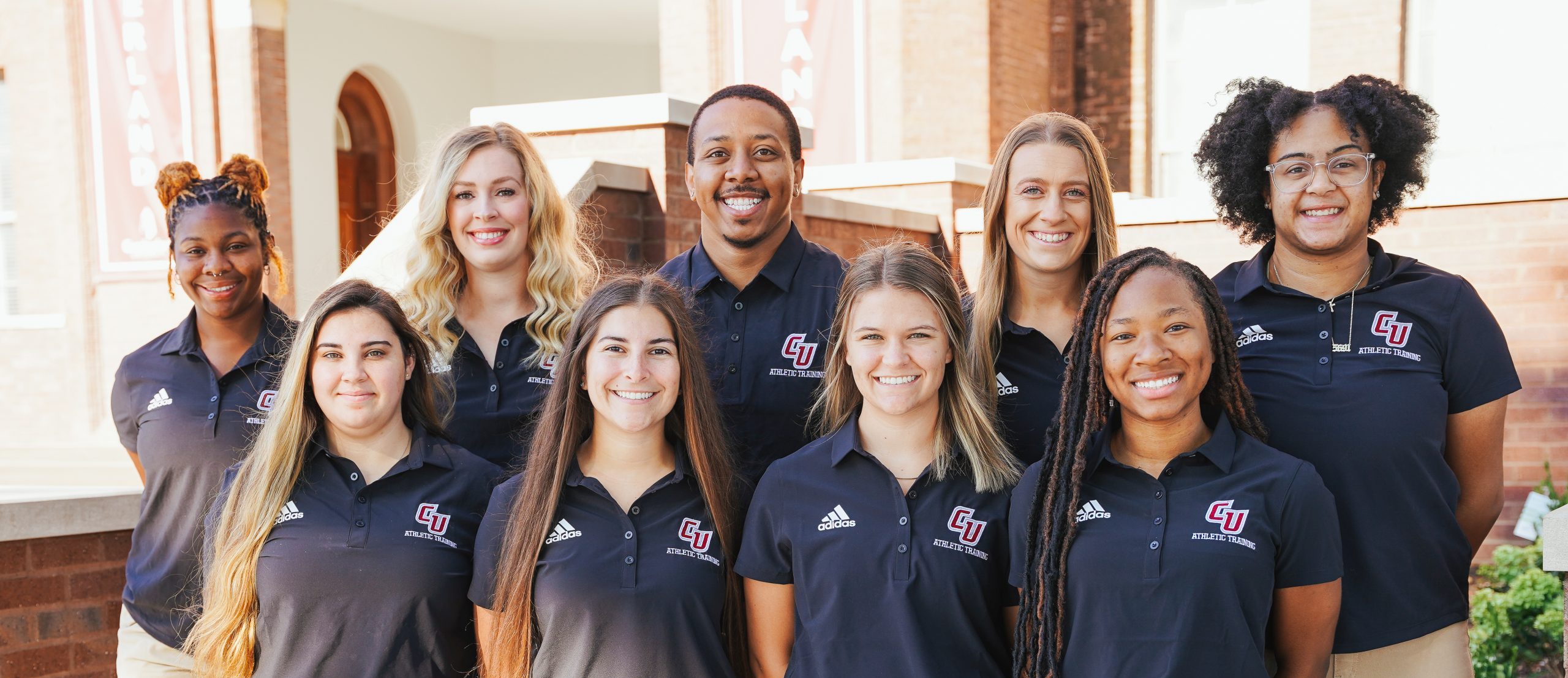Program FAQ
-
When should I apply?
You should apply before June 1st. We only admit in the Fall of each year.
Students on the 3+2 Track will complete the general Cumberland University Admissions application and students on the Graduate Track will need to apply via ATCAS.
-
What are my payment options?
There are three payment plans. The plan selected is arranged with Student Services in the Office of Financial Aid located in Memorial Hall at the time of registration.
-
Payment in full: A personal check, money order or credit card (American Express®, MasterCard®, or Visa®) may be used.
-
Monthly payments: A monthly payment plan via a contract with FACTS Management Services is available.
-
Deferred payment: Deferred payment is available by signing a Third Party Promissory Note. This plan is designed only for a person whose employer will pay some portion of tuition but requires a semester grade report. A memorandum of reimbursement on company letterhead stationery is required from the student's employer at the time of registration.
-
-
What is an Athletic Trainer?
Athletic Trainers (ATs) are health care professionals who collaborate with physicians to provide preventative services, emergency care, clinical diagnosis, therapeutic intervention and rehabilitation of injuries and medical conditions.
-
How do I become an Athletic Trainer?
To become an athletic trainer, candidates must graduate with a Master’s degree in Athletic Training from an accredited athletic training program and successfully pass the Board of Certification (BOC) exam.
-
What can I do with a degree in Athletic Training?
There are a variety of work settings where Athletic Trainers are employed and provide care for both athletes and non-athletes alike. Most of our program graduates enter the workplace after completing their masters degree, the most common settings nationwide are outpatient clinics with high school coverage, intercollegiate and professional athletics. Emerging employment settings where certified athletic trainers are working include the industrial/occupational settings, the military, performing arts, law enforcement, police, and as physician extenders.


